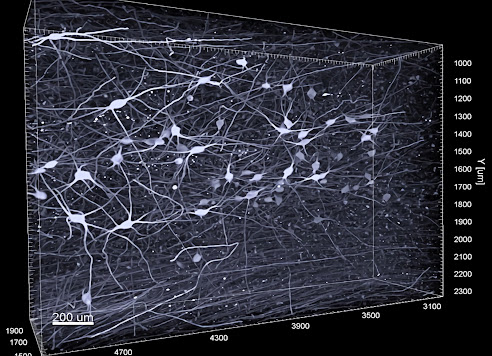 |
| In Ekaterinburg, scientists made more than 60 mud samples. Photo credit: Ilya Safarov |
Scientists at Ural Federal University and the Institute of Industrial Ecology Ural Branch of the Russian Academy of Sciences, together with their colleagues from Southern Federal University, Egypt and Saudi Arabia, have studied the concentration of potentially harmful substances in surface sediments in Ekaterinburg and identified possible sources of pollution. The research contributes to the development and adoption of standards for the content of harmful substances in mud. The results of the research, funded by the Russian Science Foundation (Project №18-77-10024), are described in the journal Chemosphere.
Over several seasons, scientists took more than 60 mud samples collected at the same sites: first, in green areas with flower beds and lawns, second, from roads and, third, from neighborhoods, parking lots and sidewalks in residential areas of the 1.5 million metropolises. Dirt samples were dried under laboratory conditions for several weeks and then passed through a 1-mm sieve. The resulting dust was analyzed.
"In samples from all surveyed areas the highest concentrations of iron and manganese are found, as they are contained in rocks and soils, on which Yekaterinburg is located. Dust from green areas, in addition, has high concentrations of zinc and lead, in samples from roads - cobalt, nickel, tin and antimony, dust from yard passages, parking lots and sidewalks is full of zinc and copper," says Andrian Seleznev, Associate Professor of Department of Health and Safety at UrFU, Senior Scientist of Industrial Ecology Ural Branch of the Russian Academy of Sciences.














.jpg)
